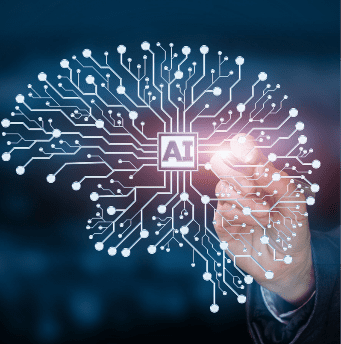Frequently Asked Questions
General
What happens if ZeroEyes does detect a weapon?
If a true weapon is detected, an alert is sent to ZeroEyes’ security monitoring team. Once positively identified, it is then sent to a local emergency dispatch (such as a 911 call center), onsite security staff, police and school administrators. This process is as fast as three to five seconds and bypasses the traditional dispatch process.
What type of information is provided with the alert?
We include details such as the location of the camera, bounding box identifying the detected object and detection label.
How quickly can ZeroEyes detect a weapon? What's the latency or delay in weapons detection?
We strive to deliver alerts in as near real-time as possible. Our typical delay between detection and alert delivery, under optimal conditions, is as fast as 3 seconds.
What type of weapons do you detect?
We have focused our weapon detection on the weapons most used in mass shootings, such as pistols and AR-style rifles. We are constantly improving and adding to our AI model.
Can ZeroEyes detect concealed weapons?
No, we do not detect concealed weapons or weapons in a holster.
From how far away can ZeroEyes detect a weapon?
The detection distance is based on the camera resolution and zoom level. Simply put, if a human eye can identify the gun, then ZeroEyes’ AI can detect it.
How long does it take between ZeroEyes positively identifying a potential threat to local law enforcement being notified?
On average, under optimal conditions, as fast as 3 seconds.
Right now, all notifications go to ZeroEyes first before it is then sent to a customer or dispatched to local law enforcement. What happens if a weapon/potential threat is detected late at night?
We have established a security monitoring team that works 24/7/365 to be alerted of any potential threats, and dispatch these to our customers and law enforcement if needed.
Technology
Is ZeroEyes installed in the cloud or on-premise hardware?
We have configurations available for both cloud and on-premise installations, depending on the customer’s requirements.
How many false positives do you get?
We are always looking to minimize false positives and are constantly improving our learning models based on data collected. In an actual customer installation, we incorporate time upfront to collect data and custom tune the parameters for each camera, which allows us to more effectively filter out false positives.
Privacy
Do you use facial recognition?
No, we only do weapons detection. The only time a person’s face would be recorded and retained would be in the instance of an active shooter/mass shooting incident.
Does - or can - your technology integrate with facial recognition software?
Our technology sits on top of an organization’s current IP security cameras, which could also have facial recognition software installed by the organization. ZeroEyes does not manage that software.
Do you collect customer data for use otherwise?
If allowed by the customer, we record video of our technicians onsite in the process of testing detections during the installation phase. We store any detection image, false positive or true positive for improving our AI and providing forensic false positive reports. This data is always transmitted and stored in an encrypted format and data retention timeframes can be specified by the customer.
Do you store biometric identifiers?
No, for the privacy of all, we do not store any biometric identifiers.

Ready For More Information?
In an active shooter situation, best laid plans turn into chaos. Add ZeroEyes proactive gun detection to protect your patrons.